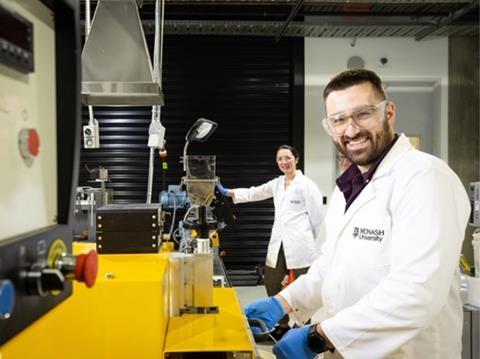
Researchers at Monash University in Australia have published a study highlighting the potential of a new type of biodegradable plastic, by converting food waste sugars into polyhydroxyalkanoates (PHA) biopolymers.
The research teams claim to have transformed food waste sugars into natural plastic films that could one day replace petroleum-based packaging, aiming to offer compostable alternatives to commonly used plastics for food and agricultural films like silage wrap. By selecting different bacterial strains and blending their polymers, the researchers produced films that ‘behave like conventional plastics’ and can be moulded into other shapes or solids.
Led by Edward Attenborough and Dr Leonie van ‘t Hag from the Department of Chemical and Biological Engineering, the study provides a framework for designing bioplastics for temperature-sensitive packaging, medical films and other products, designed to address the global challenge of single-use plastic waste.
The research teams fed two soil-dwelling bacteria – Cupriavidus necator and Pseudomonas putida – a carefully balanced ‘diet’ of sugars with a blend of salts, nutrients and trace elements. Once the microbes fattened up, they began stockpiling natural plastic inside their cells. The scientists then ‘milked’ these plastics out using solvents, cast them into ultrathin films about 20 microns thick and tested their stretchiness, strength and melting behaviour.
By comparing the stiff plastic made by C. necator with the softer, more flexible version from P. putida, the study demonstrates how blending the two can tune film properties like crystallinity and melting point, while maintaining strength and flexibility. The team adds that it is collaborating with industry partners including Enzide and Great Wrap through the ARC RECARB and VAP hubs to develop biodegradable packaging and medical solutions with potential commercial applications.
The study builds on earlier work which demonstrated the potential of these materials as sustainable drug delivery systems.
In related news, in January Bournemouth University researchers claimed to have developed a ‘self-repairing’ plastic that maintains most of its original strength after being damaged, hoped to help reduce plastic waste. Nanosheets of the 2D material MXene, already used as a reinforcement agent to strengthen plastics, are combined with chemicals to create a healing agent with ‘glue-like’ properties.
More recently, Arbikie Distillery, Edinburgh Napier University and the University of Dundee collaborated on the MycoPack project, aiming to use distillery by-products like spent grain to create compostable packaging. Utilising mycelium (the root structure of fungi) to create durable, lightweight packaging, the material created is apparently impact-resistant and fire-retardant, designed to offer an alternative to plastic.
If you liked this story, you might also enjoy:
The ultimate guide to the Packaging and Packaging Waste Regulation in 2025
How are the top brands progressing on packaging sustainability?
Everything you need to know about global packaging sustainability regulation in 2025
The key to increasing the use of reusable packaging in supermarkets

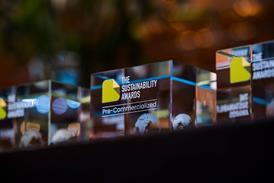

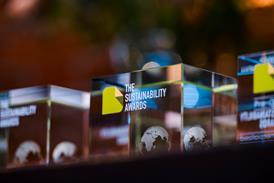
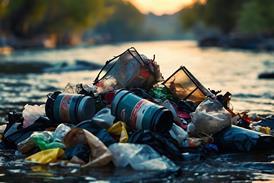
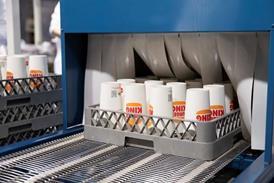
















No comments yet